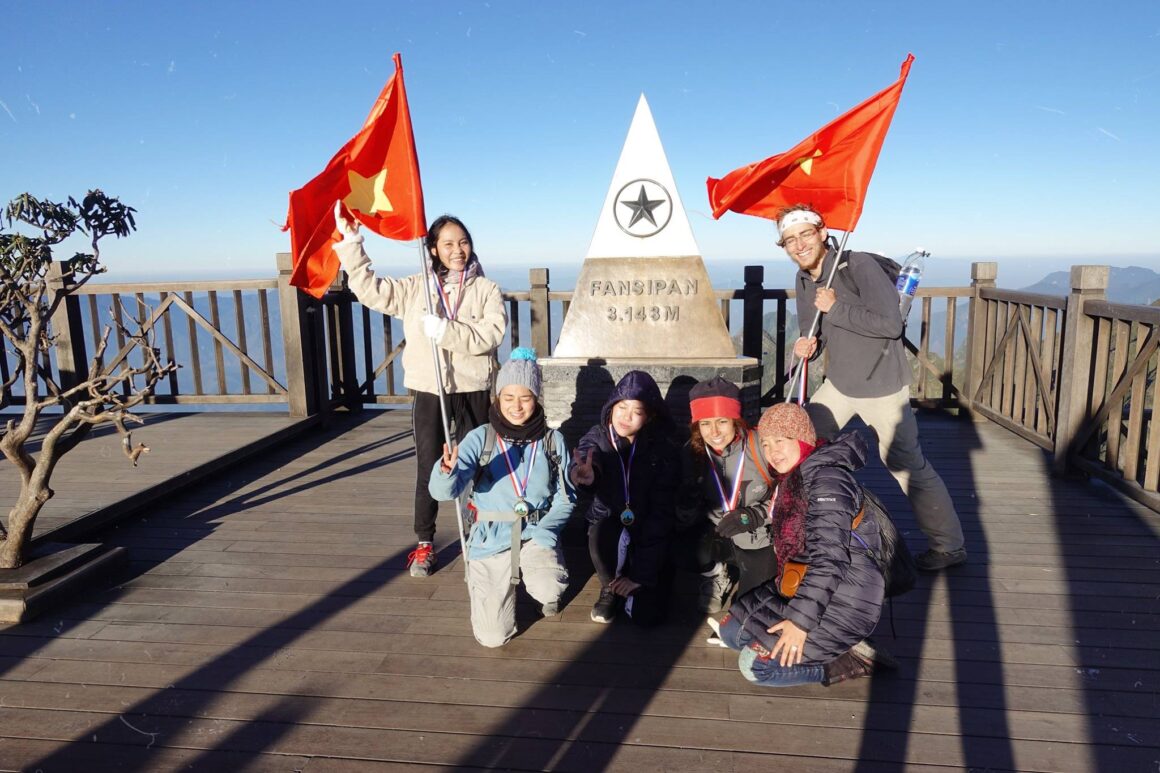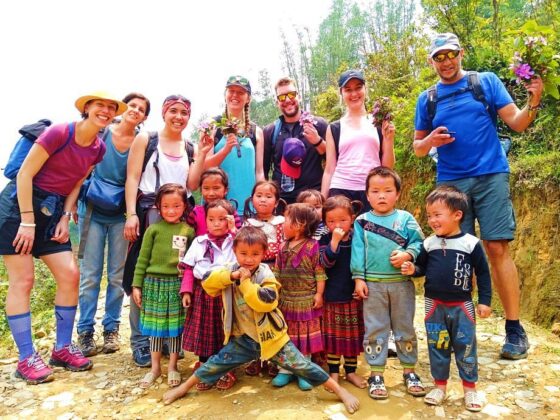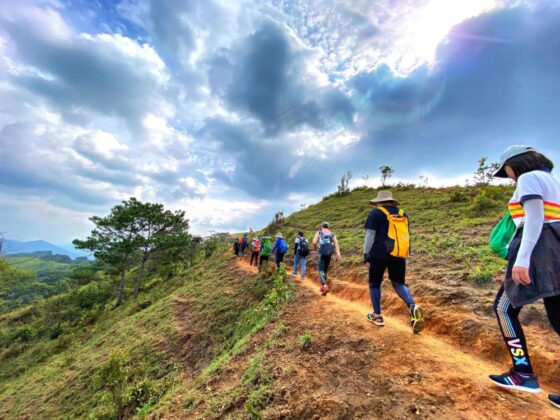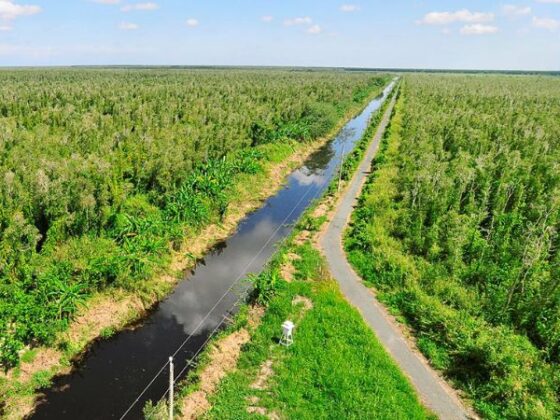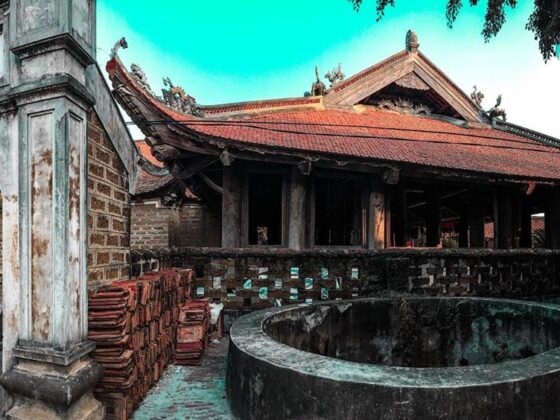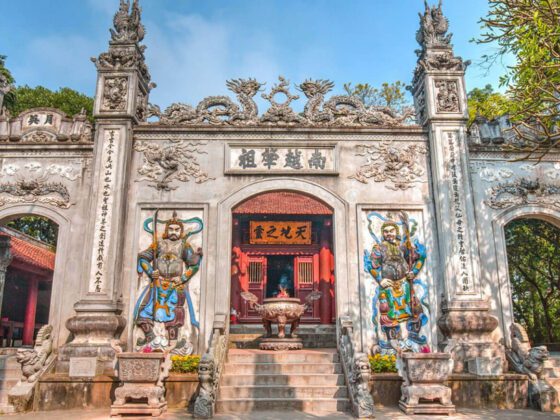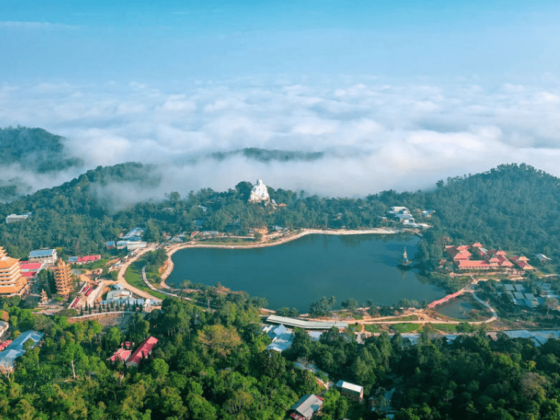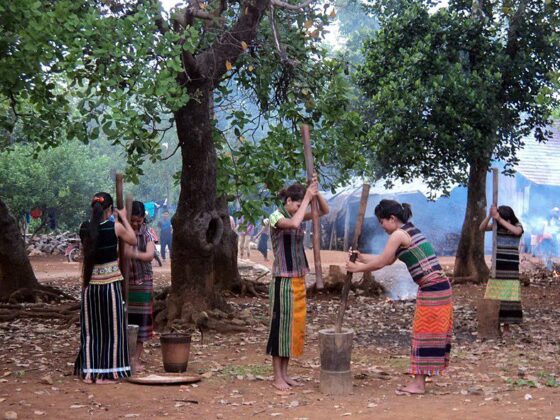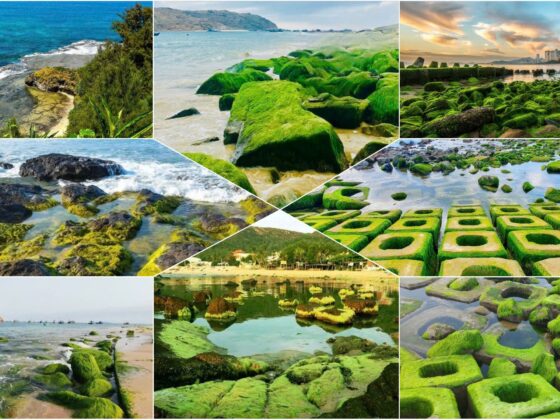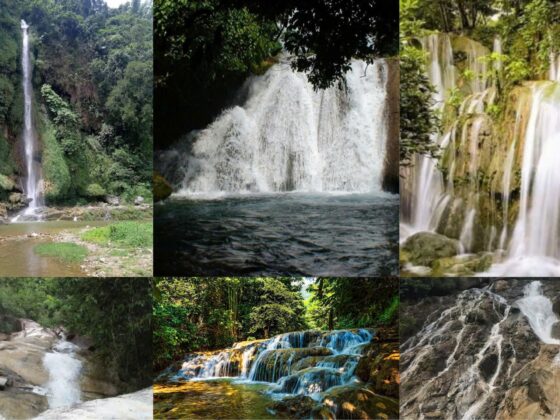Table of Contents Show
If you’re looking for an authentic mountain adventure, this Fansipan trekking guide will take you beyond the cable car crowds and into the heart of Vietnam’s highest peak. Known as the “Roof of Indochina,” Fansipan offers not just a challenging climb but also a journey of cultural discovery, breathtaking landscapes, and unforgettable stories told by local H’Mông guides. This guide will help you understand what it truly means to conquer Fansipan, step by step, story by story.
Read more interesting posts here:
- Discover Vietnam’s Best Kept Secrets: Our Curated Hiking Trails Await
- Beyond the Spa: A Guide to Creating Your Own Vietnam Wellness Retreats
- Nature’s Pharmacy: A Guide to Vietnamese Herbal Medicine & Indigenous Healers
The allure of Fansipan: Beyond the cable car in this Fansipan trekking guide
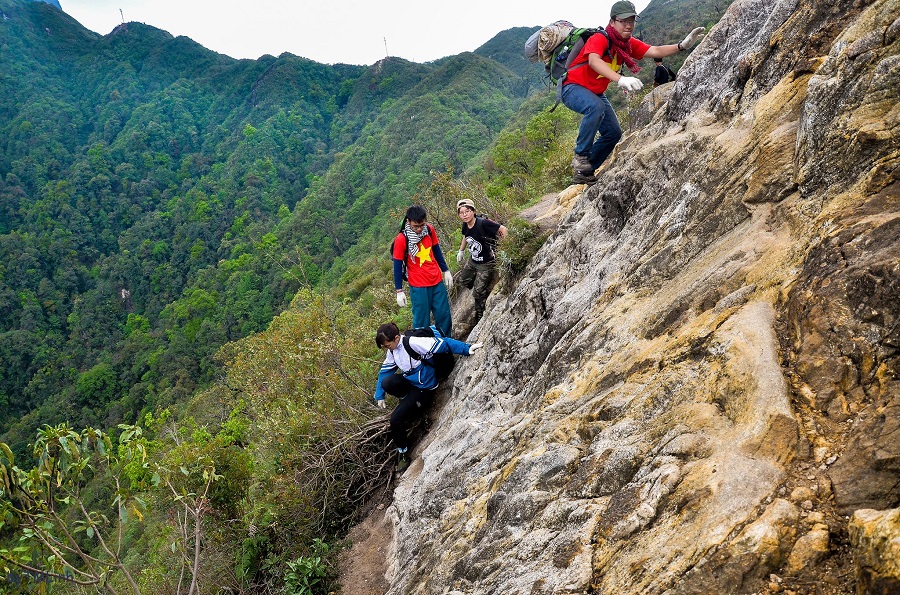
For many travelers to northern Vietnam, Fansipan is a box to tick — ride the cable car, snap a photo at 3,143 meters, and descend before lunch. But for those willing to take the slower path, the mountain offers something much deeper. Known as the “Roof of Indochina,” Fansipan is not only the highest peak in Vietnam but also a place where endurance, culture, and silence converge. To trek the old trail with local H’Mông guides is to discover the mountain in its truest form, step by step, story by story, as explored in this Fansipan trekking guide.
Starting point: Sa Pa and the first steps of your Fansipan trekking guide
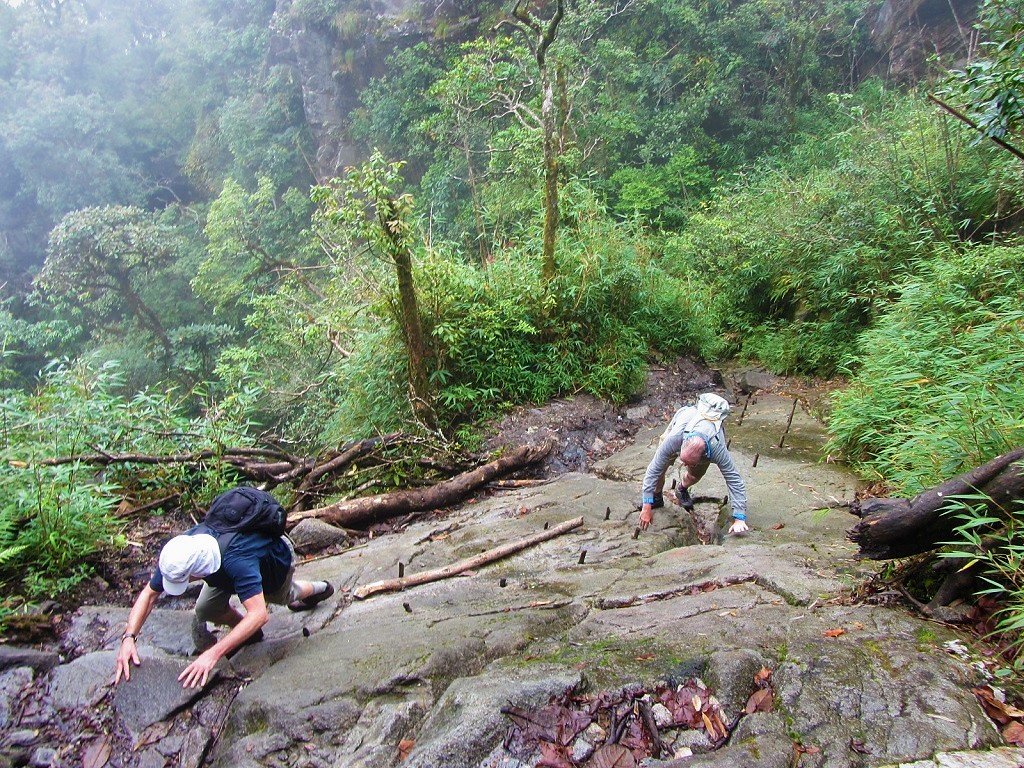
The journey begins in Sa Pa, where mist clings to the rooftops and markets bustle with color. Porters, shoulder supplies, and guides, often H’Mông men who have walked these slopes since childhood, greet you with quiet smiles. The trail starts gently, winding through terraced fields where water buffalo graze, before tilting steeply upward into bamboo forests. The air thickens with humidity, your legs ache quickly, and soon the hum of the town is far behind. This initial phase is crucial for any successful Fansipan trekking guide.
The physical challenge: Pushing limits
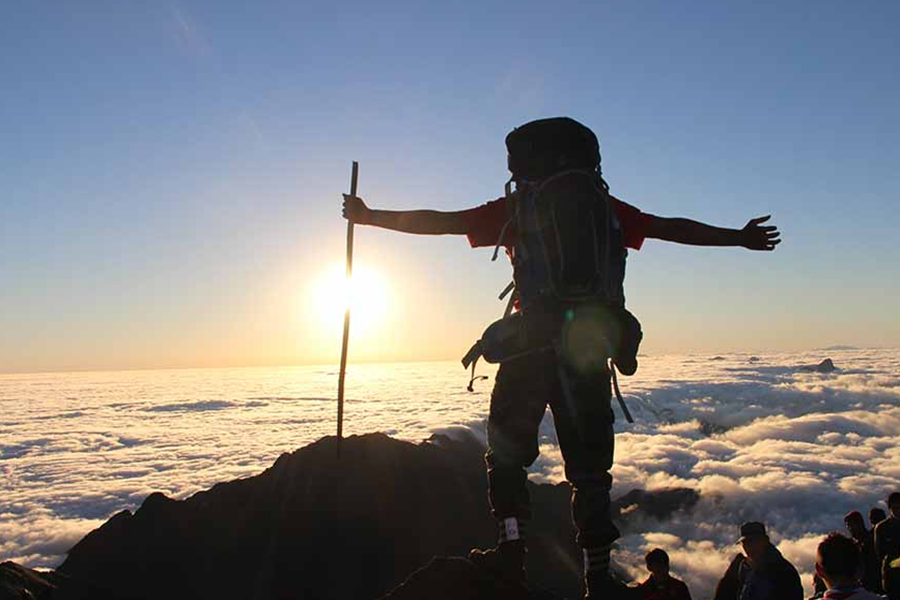
Physically, this trek is demanding. The old trail to Fansipan typically takes two to three days, climbing nearly 2,000 meters from valley floor to summit. Roots tangle across the path, slippery with moss, and slopes rise almost vertically in places, forcing hands as well as feet into the climb. Nights are spent in simple camps, where sleep comes wrapped in the sound of wind rustling bamboo and rain pattering against tents. It is not luxury, but it is honest. Every blister, every sore muscle, becomes part of the story you are carving into the mountain, a testament to this challenging Fansipan trekking guide.
Stories by the fire: Cultural connections along the way
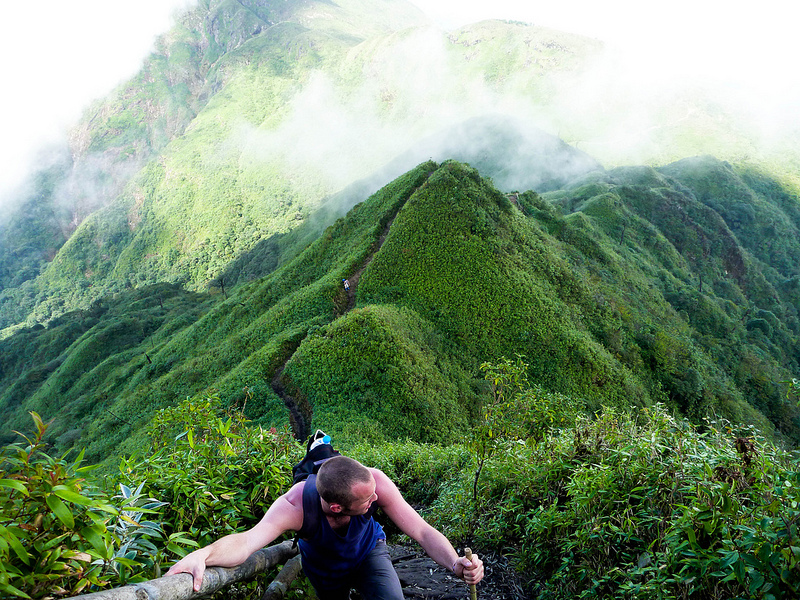
Yet the exhaustion is softened by companionship. Around small fires, guides boil tea in blackened kettles and share dried meat or steamed sticky rice. Between sips, they tell stories of the land, how certain ridges are said to house mountain spirits, or how herbal leaves are gathered for medicine. These exchanges turn the trek into more than endurance; they turn it into connection. You are not simply climbing a mountain but walking alongside those who have carried its weight for generations, making this Fansipan trekking guide a journey of cultural immersion.
Reaching the Summit: A Moment of Silence and Awe
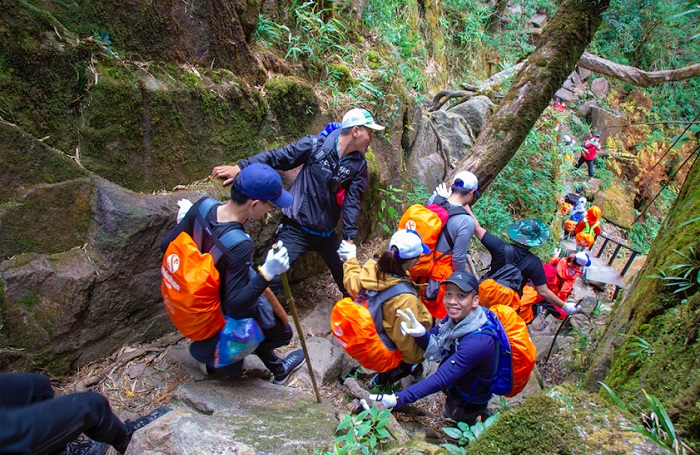
The summit itself is less a triumph than a revelation. Arriving at dawn, clouds drifted like waves below, while the horizon burned gold and pink. For a few moments, the world was silent, no voices, no machines, only wind against stone. Standing there, it was impossible not to feel humbled. The cable car may bring thousands here daily, but the quiet earned by walking is different. It is layered with sweat, patience, and the stories carried upward with you, a moment highlighted in every Fansipan trekking guide.
Why local H’Mông guides are essential
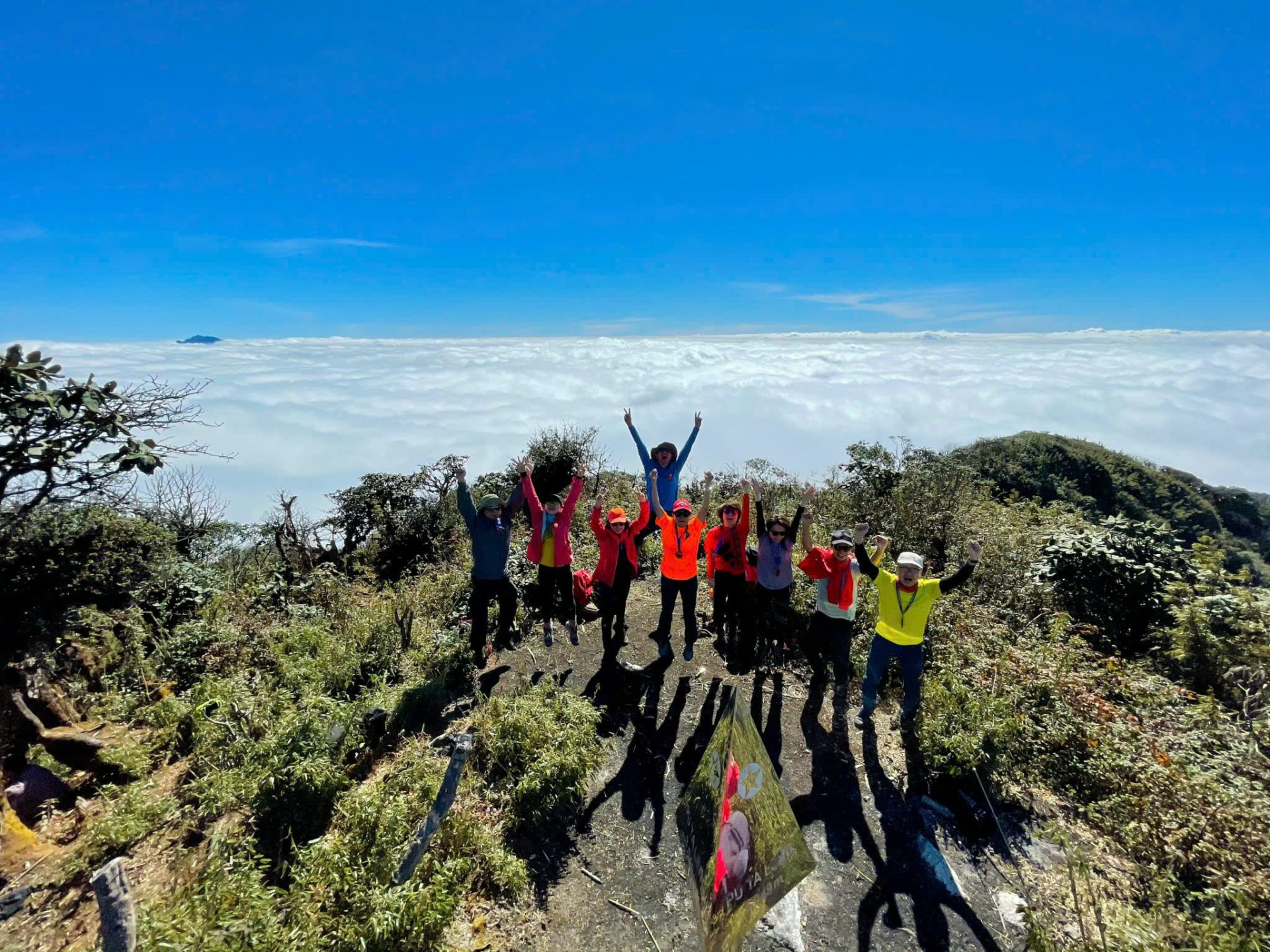
Employing local H’Mông guides is a must for this trek. The terrain is steep and unpredictable, and the weather can shift in minutes, from sunshine to fog, from dry trails to slick, muddy slides. Guides not only ensure safety but also share knowledge of plants, wildlife, and culture that make the journey richer. Attempting this route without them risks more than exhaustion; it risks disorientation in a mountain that demands respect, a key piece of advice in any Fansipan trekking guide.
Best time to trek Fansipan, according to this Fansipan trekking guide
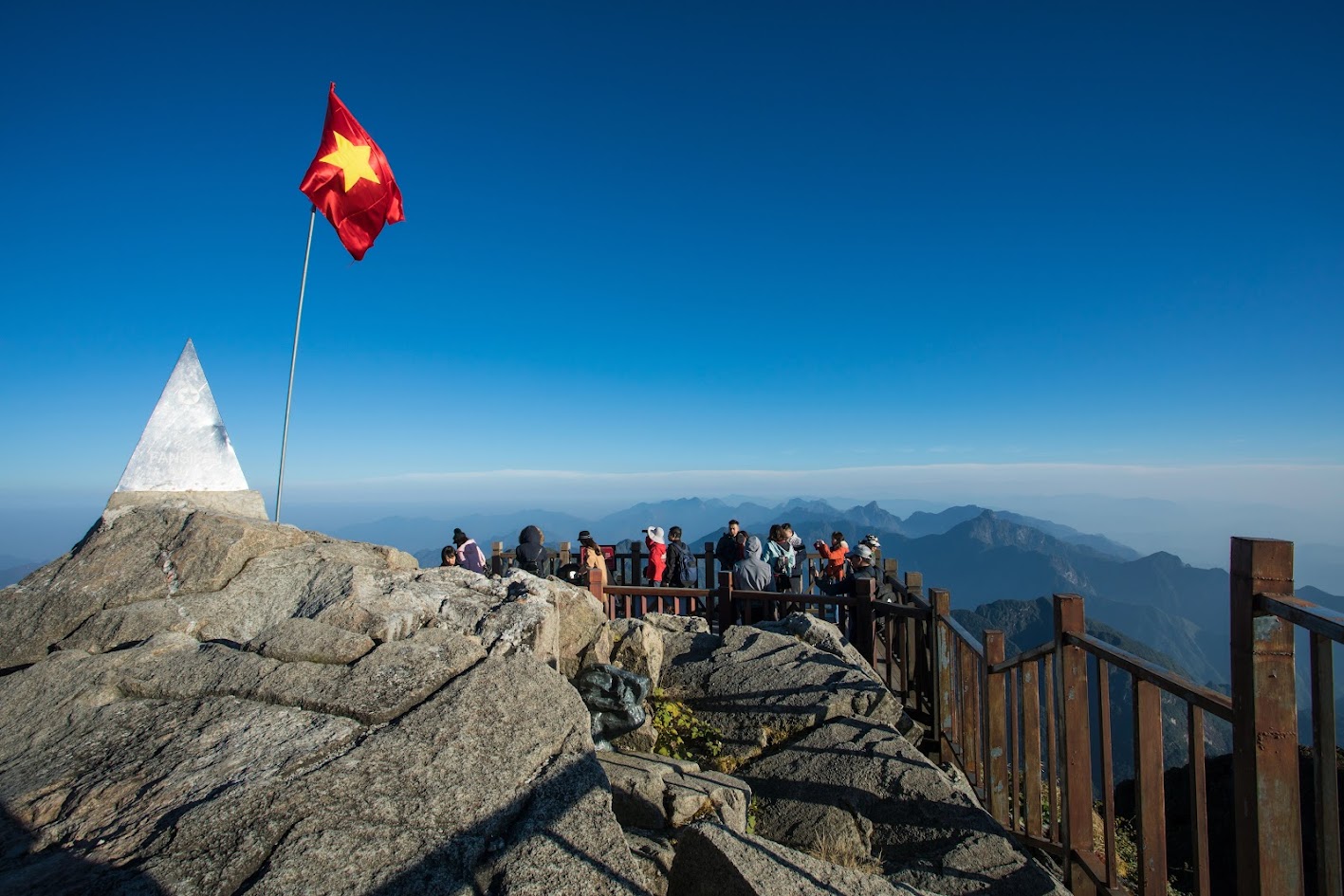
Timing is equally important. The best seasons are March to May, when the air is clear and flowers bloom, and September to November, when skies are stable and rice terraces glow golden in the valleys below. The cold winter months, December through February, are best avoided, as temperatures can drop near freezing at altitude, trails become dangerously slippery, and fog often erases the views that make the trek worthwhile, as noted in this Fansipan trekking guide.
Preserving culture through trekking
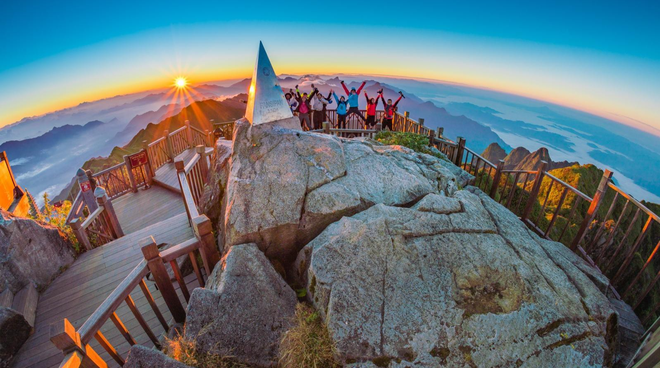
Culturally, the trek preserves something at risk of being lost. For the H’Mông guides, leading visitors is not only a livelihood but also a way of keeping traditions alive. Each trail is tied to memory, each bend to a story. By choosing the old trail, you help sustain this relationship — supporting communities who have shaped these mountains with their labor and ensuring that trekking culture remains more than a footnote to mass tourism.
Conclusion
Descending back into the valleys, sore but satisfied, you realize that the true reward is not the summit marker but the journey itself. Fansipan beyond the cable car is a different mountain, one of sweat, silence, and shared fires. On its old trail, you find not just the roof of Indochina, but also the roots of humility. This Fansipan trekking guide encourages you to embrace the challenge and discover a truly authentic experience.
Ready to start your adventure? Join our community of explorers in the ExoTrails Facebook Group and follow the ExoTrails Fanpage for daily inspiration and trail tips!
FAQs
Can you still hike up Fansipan?
Yes, you can absolutely still hike up Fansipan, though the old trail is a demanding multi-day trek that offers a more authentic experience than the cable car, as detailed in this Fansipan trekking guide.
How long does it take to trek to Fansipan?
Trekking the old trail to Fansipan typically takes two to three days, depending on your fitness level and chosen route, as explained in our Fansipan trekking guide.
Is the Fansipan trek difficult?
Yes, the Fansipan trek is physically demanding, featuring steep ascents, challenging terrain, and variable weather, making it a difficult but rewarding climb according to this Fansipan trekking guide.
Do I need a guide to climb Fansipan?
Yes, a local H’Mông guide is essential for climbing Fansipan’s old trail due to the unpredictable terrain and weather, ensuring both your safety and a richer cultural experience, a key recommendation in this Fansipan trekking.
What is the best month to climb Fansipan?
The best months to climb Fansipan are from March to May (spring) and September to November (autumn) when the weather is generally more stable and the views are clearer, as highlighted.

